Home>Garden Essentials>How To Make A Play Area For Baby
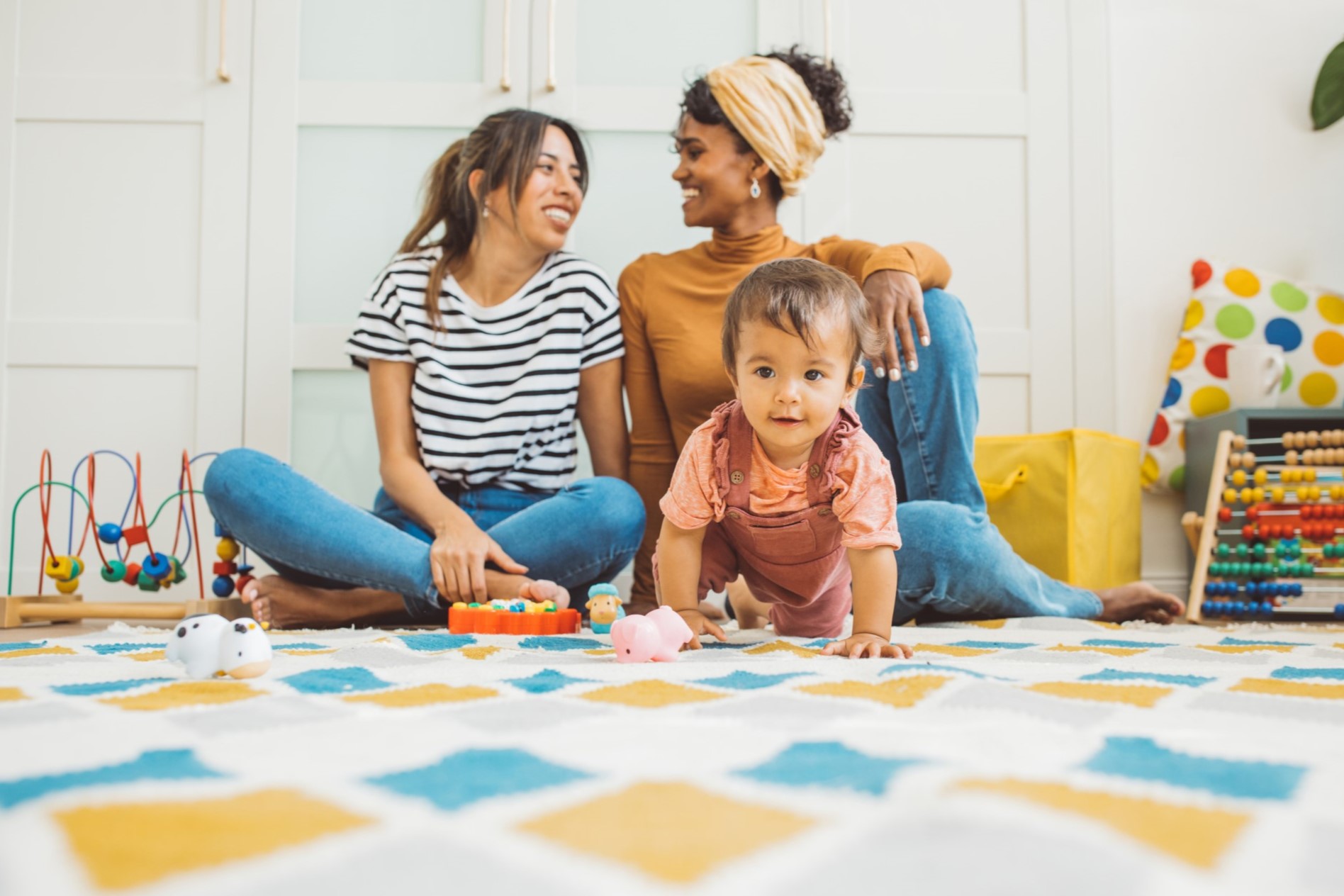

Garden Essentials
How To Make A Play Area For Baby
Modified: March 7, 2024
Create a safe and stimulating play area for your baby in the garden with our step-by-step guide. Transform your outdoor space into a child-friendly haven.
(Many of the links in this article redirect to a specific reviewed product. Your purchase of these products through affiliate links helps to generate commission for Storables.com, at no extra cost. Learn more)
Introduction
Creating a designated play area for your baby is essential for their development and growth. It provides a safe and stimulating environment where they can engage in exploratory and sensory activities. A well-designed play area not only keeps your little one entertained but also helps them develop important motor, cognitive, and social skills.
In this article, we will guide you on how to make a play area for your baby that is not only safe but also engaging and educational. We will cover everything from choosing the right location to setting up play zones and selecting appropriate equipment. So, let’s dive in!
Key Takeaways:
- Create a safe and stimulating play area for your baby by choosing the right location, setting up play zones, and incorporating sensory activities. Regular cleaning and maintenance ensure a hygienic and enjoyable space for your little one to explore and learn.
- DIY toys and activities offer a cost-effective way to customize the play experience and foster creativity. Prioritize cleanliness and regular maintenance to ensure a safe and inspiring play area for your baby’s physical, cognitive, and social development.
Read more: How To Make A Mulch Play Area
Choosing the Right Location
The first step in creating a play area for your baby is to choose the right location. You want to select a space that is safe, easily accessible, and convenient for both you and your child. Here are some factors to consider when choosing the location:
- Indoor or Outdoor: Decide whether you want the play area to be indoors or outdoors. Both options have their benefits. An indoor play area allows for year-round use and protection from the elements, while an outdoor play area provides fresh air and a larger space for your child to explore.
- Space Availability: Assess the available space in your home or yard. Look for an area that is spacious enough to accommodate various play equipment and activities, while still leaving enough room for your child to move around freely.
- Safety Considerations: Ensure that the chosen location is free from potential hazards such as sharp edges, breakable objects, or furniture that can topple over. Keep electrical outlets covered and secure any loose wires or cords.
- Proximity to Supervision: If possible, choose a location that allows you to keep an eye on your child while you’re doing household chores or working. This way, you can ensure their safety and intervene if necessary.
- Natural Light: Opt for a location that receives ample natural light. Natural light not only creates a pleasant atmosphere but also provides much-needed Vitamin D for your baby’s growth and development.
- Noise Level: Consider the noise level in the chosen location. If the play area is near a busy street or a high-traffic area in your home, it may not be the most conducive environment for play and concentration.
Once you have assessed these factors, you can select the best location for your baby’s play area. It’s important to remember that the chosen location may evolve over time as your child grows and their play needs change. Stay flexible and adjust the play area accordingly.
Creating a Safe Environment
When it comes to setting up a play area for your baby, safety should be your top priority. Here are some essential steps to create a safe environment:
- Childproofing: Before you even start setting up the play area, make sure to childproof the entire space. Cover electrical outlets, secure furniture and heavy objects to the wall, and install safety gates if needed. Remove any small objects or choking hazards from the area.
- Soft Surfaces: Place soft surfaces, such as play mats or foam flooring, in the play area. These surfaces provide cushioning and protect your baby from hard falls. Ensure that the flooring extends under any play equipment or climbing structures.
- Secure Boundaries: If the play area is outdoors, install a secure fence or boundary to prevent your baby from wandering off. Check for any gaps or openings that could be dangerous and ensure they are properly sealed.
- Supervision: Always keep a close eye on your baby while they are in the play area. Although you have taken safety precautions, accidents can still happen. Be present and attentive to ensure their safety.
- Avoid Sharp Edges: Remove or cover any sharp edges on furniture or play equipment. Use corner guards or edge protectors to safeguard against accidents.
- Safe Climbing Structures: If you include climbing structures in the play area, make sure they are age-appropriate and sturdy. Ensure that there are no openings that could trap your baby’s head or body.
- Noise Level: Consider the noise level in the play area. Avoid placing the play area near loud appliances or areas where construction or maintenance work is taking place.
By following these safety guidelines, you can create a secure and worry-free environment for your baby to play and explore. Regularly inspect the play area for any potential hazards and make necessary adjustments to maintain a safe environment.
Flooring Options
When setting up a play area for your baby, choosing the right flooring is crucial for their safety and comfort. Here are some flooring options to consider:
- Play Mats: Play mats are a popular choice as they provide a soft and cushioned surface for your baby to crawl, roll, and play on. Look for mats that are made of non-toxic materials and are easy to clean. Interlocking foam mats are a great option as they allow for flexibility in size and can be easily assembled and disassembled.
- Carpet: If you have carpeted floors, this can be a suitable option for your baby’s play area. However, ensure that the carpet is clean and free from allergens. Consider using area rugs or carpet tiles that can be easily cleaned or replaced if accidents occur.
- Rubber or Cork Flooring: Rubber or cork flooring provides excellent shock absorption and durability. They are easy to clean, hypoallergenic, and provide a non-slip surface for your baby to crawl and play on.
- Vinyl or Linoleum: Vinyl or linoleum flooring is another durable and easy-to-clean option. They come in a variety of colors and patterns, allowing you to create a visually appealing play area. Ensure that the flooring is non-toxic and free from harmful chemicals.
- Hardwood or Laminate Flooring: Hardwood or laminate flooring can work well in a baby’s play area, especially if you have this type of flooring throughout your home. However, consider adding a layer of padding underneath for extra cushioning and protection.
Regardless of the flooring option you choose, it’s essential to ensure that it is clean, free from sharp objects, and provides a safe surface for your baby to explore and play on. Regularly clean the flooring to maintain a hygienic environment and remove any potential allergens.
Remember to consider your baby’s development stage and activities when selecting the flooring. As they grow, they will require more space to crawl, walk, and play, so keep that in mind when designing the play area.
Essential Equipment
When creating a play area for your baby, having the right equipment is key to providing a stimulating and enjoyable experience. Here are some essential pieces of equipment to consider:
- Playpen: A playpen is a versatile piece of equipment that provides a safe and contained space for your baby to play. It can be easily moved and set up in different areas of your home or outdoors. Look for a playpen that is sturdy, has a comfortable base, and meets safety standards.
- Baby Gate: If you want to restrict access to certain areas of your home, a baby gate is a must-have. It allows you to create a secure play area and prevents your baby from entering potentially dangerous areas such as stairs or the kitchen.
- Activity Mat: An activity mat or play gym is a great addition to the play area. It offers various interactive features such as toys, mirrors, and textures that promote sensory development and encourage exploration. Look for an activity mat that is easy to clean and has removable toys for added versatility.
- Baby Swing or Bouncer: A baby swing or bouncer provides entertainment and relaxation for your little one. It can soothe them and provide a change of scenery from their usual play area. Choose a swing or bouncer that is safe, comfortable, and appropriate for your baby’s age and weight.
- Soft Play Blocks and Balls: Soft play blocks and balls are ideal for promoting fine motor skills and hand-eye coordination. They can be stacked, tossed, and squeezed, providing endless fun for your baby. Look for blocks and balls made of safe and non-toxic materials.
- Child-Sized Table and Chairs: As your baby grows, a child-sized table and chairs become essential for activities such as coloring, playing with puzzles, or enjoying a snack. Opt for a set that is sturdy, easy to clean, and child-friendly in design.
- Books and Toys: Fill the play area with age-appropriate books and toys that encourage learning and stimulate your baby’s senses. Choose toys that are safe, engaging, and promote different aspects of development, such as fine motor skills, cognitive skills, and sensory exploration.
Remember to regularly inspect and clean the equipment to ensure it remains safe and in good condition. Follow the manufacturer’s guidelines for assembly, usage, and age recommendations for each piece of equipment.
By having these essential pieces of equipment in your baby’s play area, you can create a space that fosters their growth, imagination, and enjoyment. Additionally, rotate toys and update the play area as your baby’s interests and developmental needs evolve.
Create a safe play area for your baby by using soft, padded flooring, removing any small objects or choking hazards, and adding age-appropriate toys for sensory and motor skill development.
Read more: How To Make A Play Area For A Hedgehog
Setting Up Play Zones
Creating different play zones within your baby’s play area can help stimulate their senses and encourage exploration. Here are some ideas for setting up play zones:
- Reading Corner: Designate a cozy corner with a bookshelf or book bin where your baby can explore a collection of age-appropriate books. Create a comfortable seating area with cushions or a small bean bag chair for you and your baby to enjoy reading together.
- Sensory Station: Set up a sensory station with various textures, sounds, and materials that engage your baby’s senses. Include items such as textured fabrics, musical toys, sensory balls, and shakers. This play zone encourages sensory exploration and stimulates your baby’s cognitive development.
- Imaginative Play Area: Create a space for imaginative play by incorporating a kitchen set, dollhouse, or pretend play items. This zone encourages creative thinking, role-playing, and social interaction.
- Art and Craft Zone: Allocate a space for arts and crafts activities. Provide a child-sized table and chairs, along with washable crayons, coloring books, and safe art supplies. This area promotes fine motor skills, creativity, and self-expression.
- Physical Activity Zone: Dedicate a portion of the play area to physical activities such as crawling tunnels, mini trampolines, or an obstacle course. This zone encourages gross motor skills, balance, and coordination.
- Puzzle and Manipulative Corner: Set up a table or small area for puzzles, building blocks, and other manipulative toys. This play zone promotes problem-solving, hand-eye coordination, and fine motor skills.
- Nature Exploration Area: If you have an outdoor play area, create a nature exploration zone where your baby can engage with the natural environment. Include items such as sand tables, water play stations, gardening tools, and explore nature together.
By setting up different play zones, you allow your baby to engage in various activities that cater to their interests and developmental needs. Be sure to rotate toys, change the setup, and add new elements to keep the play area fresh and exciting.
Remember, the size of each play zone will depend on the available space and your baby’s age and mobility. As your baby grows, you can adjust the play zones to accommodate their changing needs and interests.
Sensory Play Ideas
Sensory play is a wonderful way to engage your baby’s senses and promote their cognitive and physical development. Here are some sensory play ideas to try in your baby’s play area:
- Messy Play: Set up a messy play area using safe and non-toxic materials such as cooked pasta, colored rice, or finger paints. Let your baby explore and get their hands dirty. This helps develop their tactile sense and encourages creativity.
- Water Play: Fill a basin or shallow tub with water and let your baby splash and play. Provide different containers, cups, and toys for pouring, scooping, and exploring. Water play stimulates their senses of touch, sight, and sound.
- Sensory Bins: Fill a large plastic bin or tray with a variety of materials such as dried beans, sand, or shredded paper. Add in small toys, scoops, and containers for your baby to discover and manipulate. Sensory bins encourage fine motor skills and sensory exploration.
- Texture Boards: Create texture boards using different materials such as fur, sandpaper, bubble wrap, or fabric. Secure the materials on a board and let your baby touch and explore the different textures. This stimulates their tactile sense and encourages sensory discrimination.
- Musical Play: Introduce your baby to different sounds and rhythms by providing musical instruments such as shakers, drums, or a xylophone. Play music and sing together to enhance their auditory senses and promote language development.
- Exploring Nature: Take your baby outside to explore nature. Let them touch leaves, feel the grass under their feet, and listen to the sounds of birds. Encourage sensory exploration by bringing different natural materials like pinecones, flowers, or stones for them to discover.
- Sensory Bags: Create sensory bags by filling sealable plastic bags with materials like hair gel, colored water, or rice. Seal the bags tightly and let your baby squish and manipulate them. Sensory bags provide a mess-free sensory experience.
- Play Dough: Make homemade play dough or buy non-toxic play dough in different colors. Let your baby explore the texture and create shapes using cookie cutters or their hands. Play dough play helps develop fine motor skills and hand-eye coordination.
Remember to closely supervise your baby during sensory play and ensure that the materials used are safe and age-appropriate. Keep in mind that every baby is unique, so observe their reactions and adjust the sensory play activities according to their preferences and comfort levels.
Sensory play not only stimulates your baby’s senses but also fosters creativity, cognitive development, and problem-solving skills. Have fun exploring different sensory activities with your little one!
DIY Toys and Activities
Creating DIY toys and activities for your baby’s play area is not only a cost-effective option but also allows you to customize the play experience. Here are some DIY toy and activity ideas you can try:
- Sensory Bottles: Fill plastic bottles with various materials such as colored water, glitter, or small objects like beads or buttons. Seal the bottles tightly and let your baby shake and explore the different sensory elements.
- Felt Board: Create a felt board by attaching a large piece of felt to a wall or board. Cut out different shapes and objects from felt and let your baby stick them onto the board. This encourages fine motor skills and creativity.
- Discovery Bottles: Fill clear plastic bottles with a variety of materials that offer different sensory experiences, such as rice, dried beans, or sand. Add in small toys or objects for your baby to discover through shaking and observing.
- Fabric Sensory Mat: Sew or glue different textures of fabric, such as faux fur, silk, or corduroy, onto a large piece of fabric. Let your baby explore the different textures by sitting or lying on the mat.
- Homemade Rattles: Create your own rattles by filling empty water bottles with dried beans, rice, or small pasta shapes. Seal the bottles tightly and let your baby shake and make music.
- Homemade Playdough: Make your own playdough using simple ingredients like flour, salt, water, and food coloring. Let your baby explore the squishy texture and develop fine motor skills by molding and shaping the playdough.
- Exploration Boxes: Take shoeboxes or small containers with lids and fill them with different objects or materials such as feathers, pom-poms, or fabric scraps. Let your baby open the boxes and explore the contents with their hands.
- Texture Puzzles: Create texture puzzles by cutting out different shapes from sandpaper or other textured materials. Attach the shapes to cardboard or wood pieces and let your baby match the shapes by feeling the textures.
- Mirror Play: Hang a child-safe mirror on the wall at a baby’s height. Encourage your baby to look at themselves, make faces, and explore their own reflection. This promotes self-awareness and visual stimulation.
- Baby Sensory Bag: Fill a large ziplock bag with a mixture of water and non-toxic paint or food coloring. Seal the bag tightly and let your baby squish and play with the colors. This provides a mess-free sensory experience.
These DIY toys and activities are not only fun for your baby but also promote their fine motor skills, sensory exploration, and creativity. Remember to always supervise your baby during playtime and ensure that the DIY toys and materials used are safe and age-appropriate.
Get creative and have fun experimenting with different DIY toys and activities that will keep your baby engaged and entertained in their play area!
Cleaning and Maintenance
Keeping your baby’s play area clean and well-maintained is essential for their health and safety. Here are some tips to help you with cleaning and maintenance:
- Regular Cleaning: Establish a routine for regularly cleaning the play area. Wipe down surfaces, toys, and equipment with mild soap and water. Use a non-toxic disinfectant to sanitize the play area, especially after playdates or when your baby is unwell.
- Toy Rotation: Rotate your baby’s toys regularly to keep them engaged and prevent boredom. This also allows you to clean and sanitize the toys that are currently not in use.
- Washing Fabrics: If you have fabric elements in the play area, such as play mats or cushion covers, make sure to follow the manufacturer’s instructions for washing and cleaning. Use baby-safe detergents and avoid harsh chemicals that could irritate your baby’s skin.
- Inspect for Damages: Regularly inspect the play area, equipment, and toys for any signs of damage or wear and tear. Ensure that there are no loose parts, sharp edges, or broken pieces that could pose a safety hazard to your baby.
- Storing Toys Properly: Establish a storage system for your baby’s toys to keep the play area organized. Use bins, baskets, or shelves to keep toys separate and easily accessible. Teach your child to put their toys away when they are done playing.
- Outdoor Play Area Maintenance: If you have an outdoor play area, regularly inspect it for any potential hazards such as loose screws, sharp edges, or damaged equipment. Follow the manufacturer’s instructions for maintenance and ensure that the play area is free from debris or obstacles.
- Replacing Worn-out Items: Keep an eye on the condition of the play area’s flooring, equipment, and toys. If anything is worn out, damaged, or no longer safe, it’s important to replace it promptly to ensure your baby’s safety during playtime.
- Childproofing: As your baby grows and becomes more mobile, regularly assess and update the childproofing measures in the play area to adapt to their changing abilities and needs.
- Safe Cleaning Products: When cleaning the play area, opt for baby-safe and non-toxic cleaning products. Avoid harsh chemicals that may leave residue or have strong odors that could be irritating to your baby’s sensitive skin and respiratory system.
By following these cleaning and maintenance tips, you can create a clean and safe environment for your baby to play and explore. Regular upkeep and inspection of the play area will ensure that it remains a stimulating and enjoyable space for your little one.
Remember, the key is to strike a balance between cleanliness and allowing your baby to explore and experience different textures and elements. Let them have fun while keeping their play area safe and well-maintained!
Read more: How To Make An Outside Play Area
Conclusion
Creating a play area for your baby is an exciting and important step in their development. By choosing the right location, creating a safe environment, and selecting appropriate equipment, you can provide your little one with a stimulating and enjoyable space to learn and grow.
Consider the different play zones and sensory activities to incorporate into the play area, allowing your baby to engage their senses and explore the world around them. DIY toys and activities offer a cost-effective way to customize the play experience and foster creativity.
Remember to prioritize cleanliness and regular maintenance to ensure that the play area remains safe and hygienic. Regularly clean toys and surfaces, and inspect equipment for any signs of damage or wear and tear.
Ultimately, the play area should be a place where your baby feels safe, inspired, and encouraged to explore and learn. By providing a well-designed play area, you are setting the stage for your baby’s physical, cognitive, and social development.
So, get creative, have fun, and enjoy creating a wonderful play area for your baby!
Frequently Asked Questions about How To Make A Play Area For Baby
Was this page helpful?
At Storables.com, we guarantee accurate and reliable information. Our content, validated by Expert Board Contributors, is crafted following stringent Editorial Policies. We're committed to providing you with well-researched, expert-backed insights for all your informational needs.
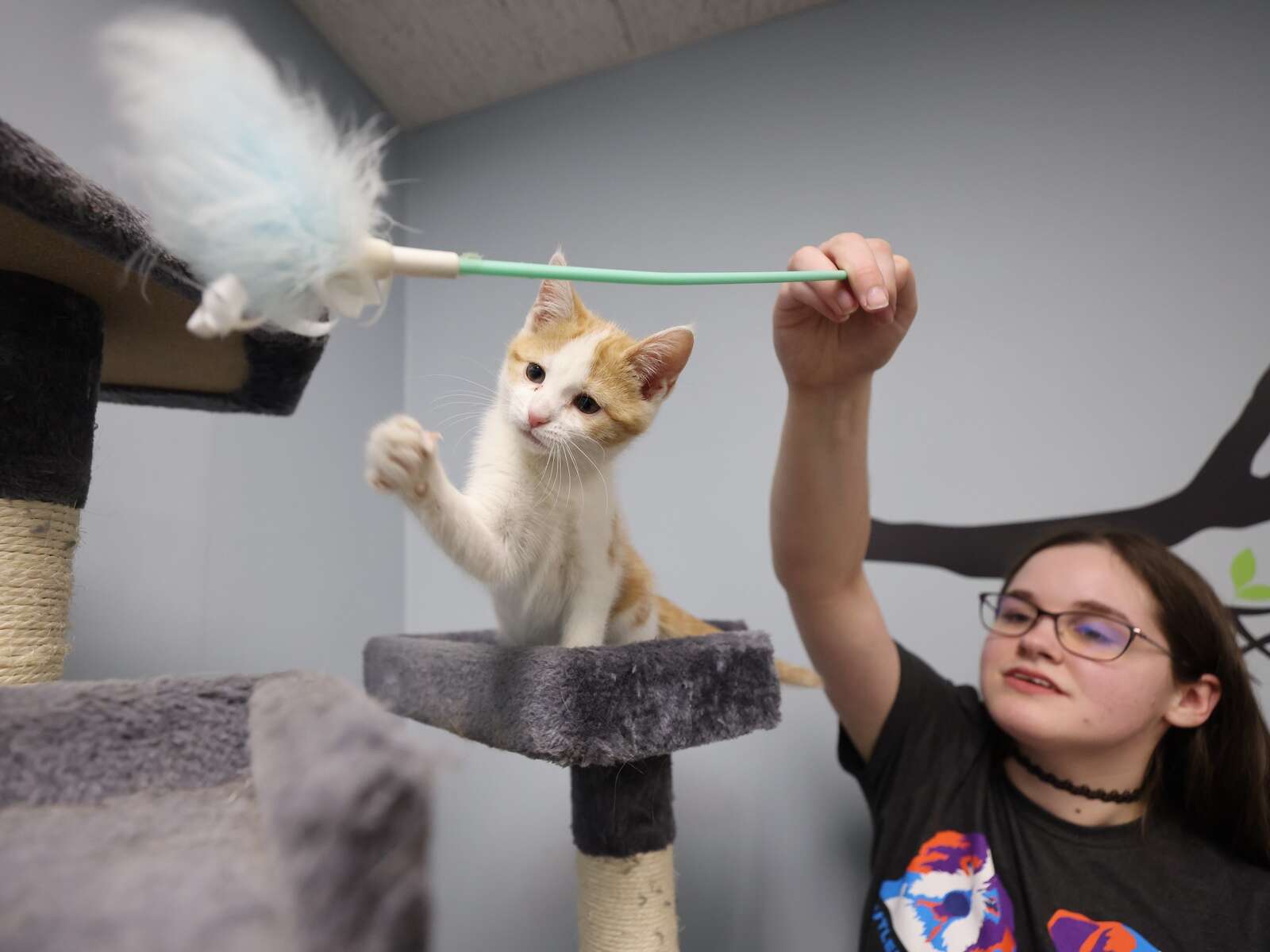
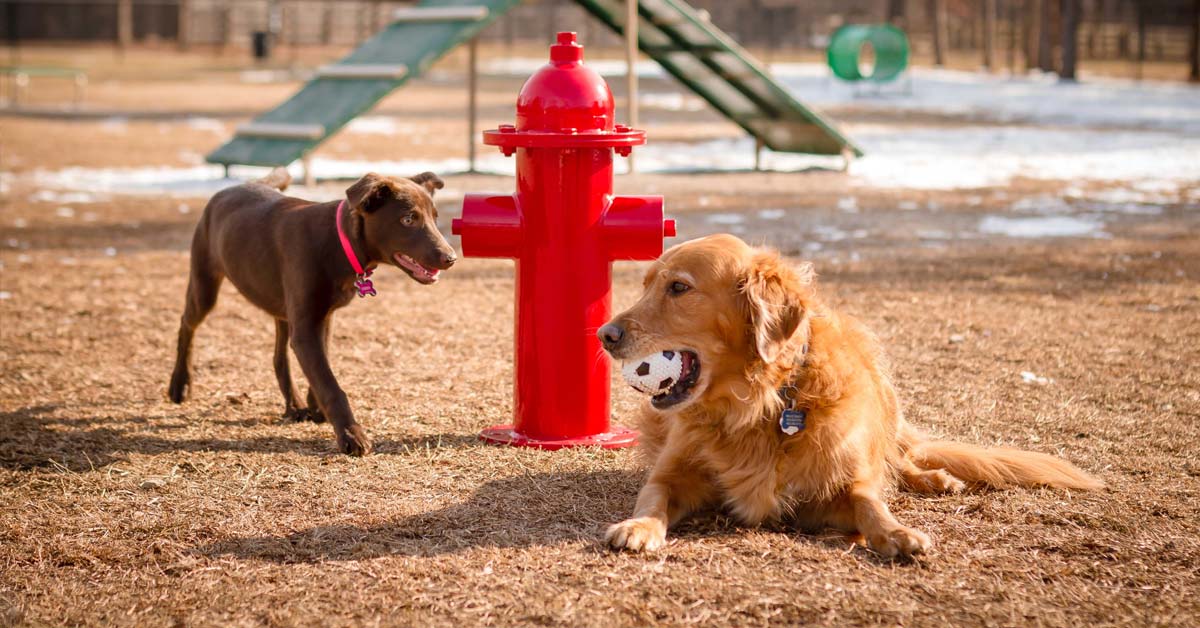
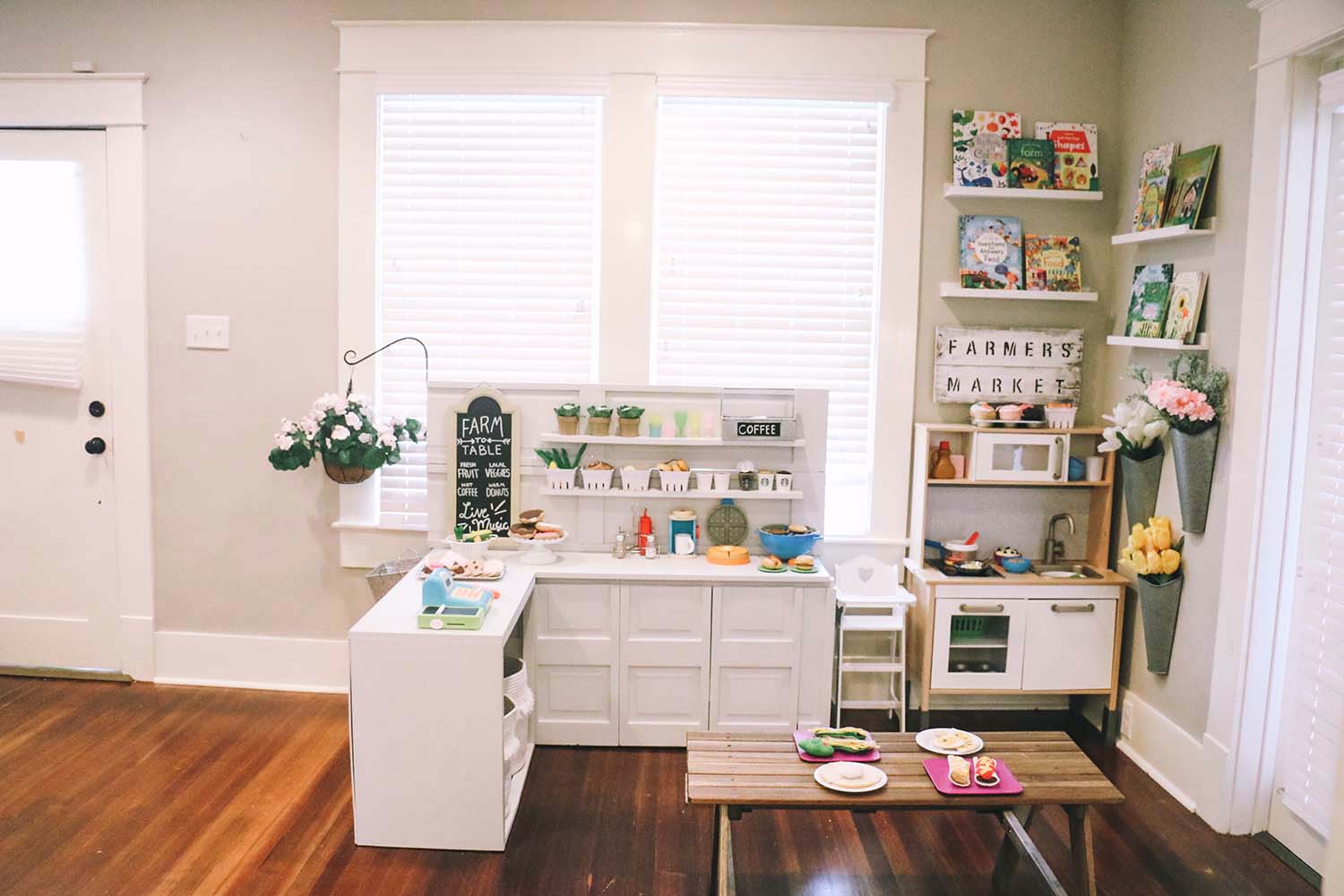
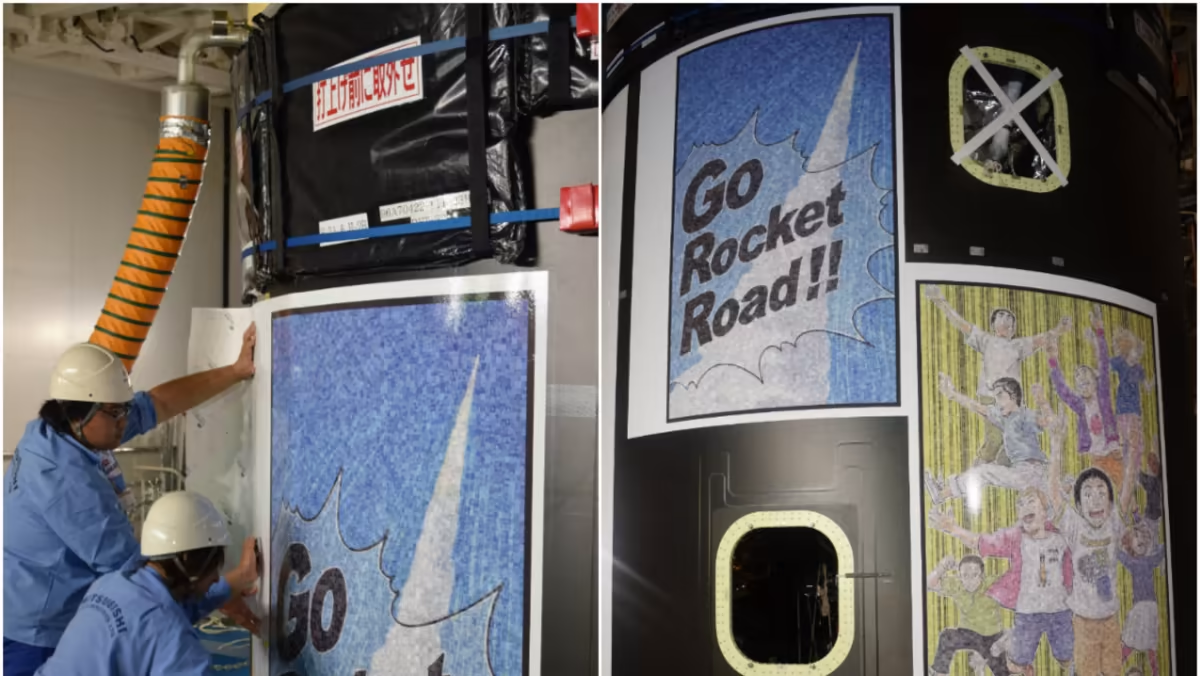
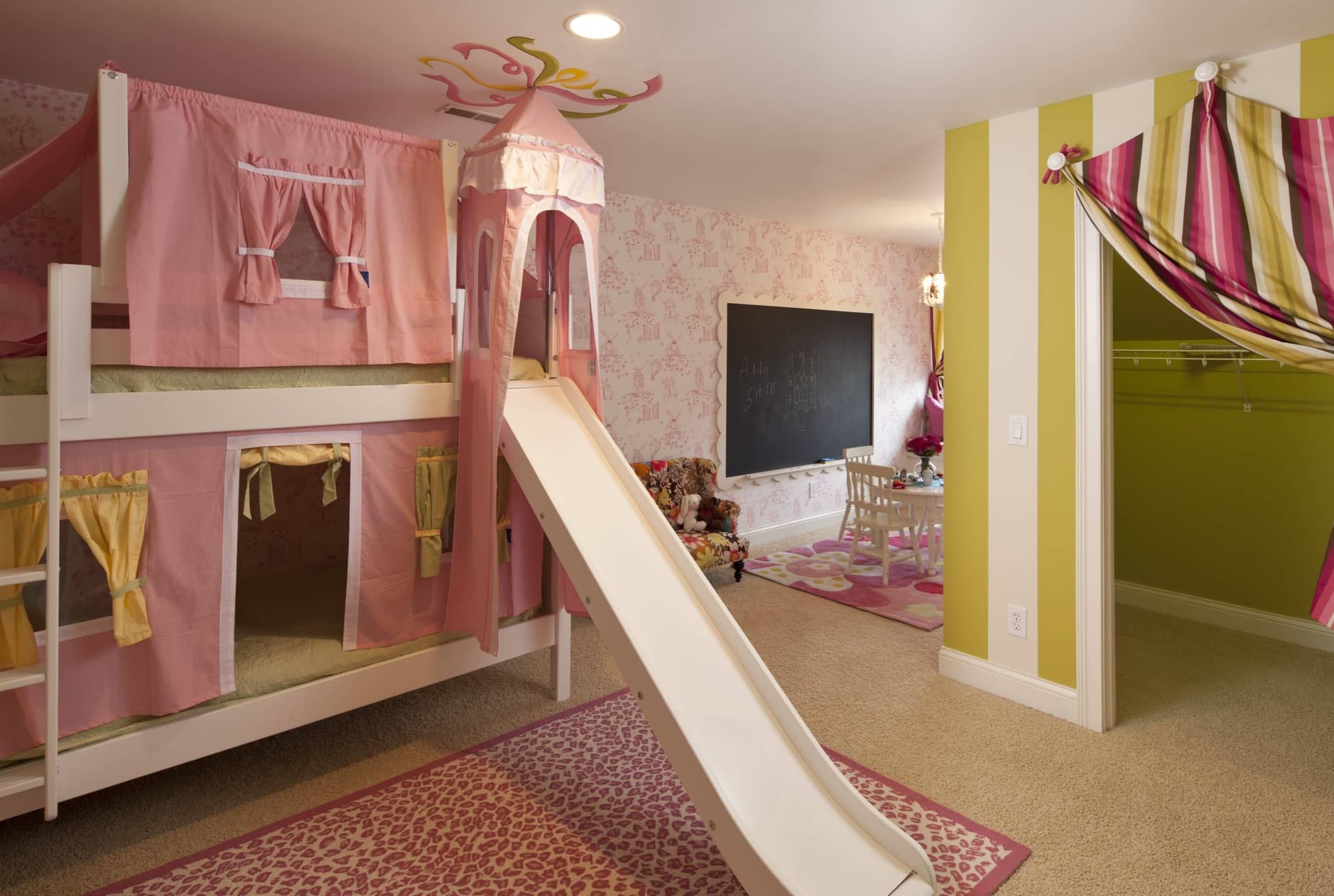
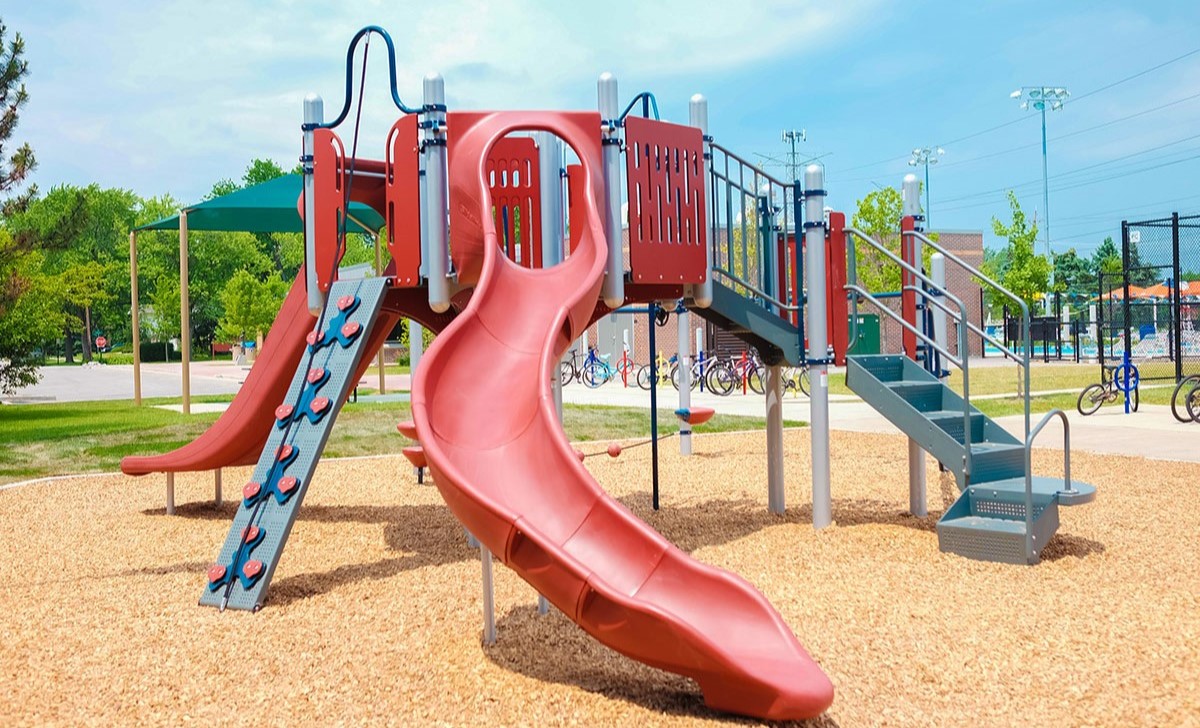
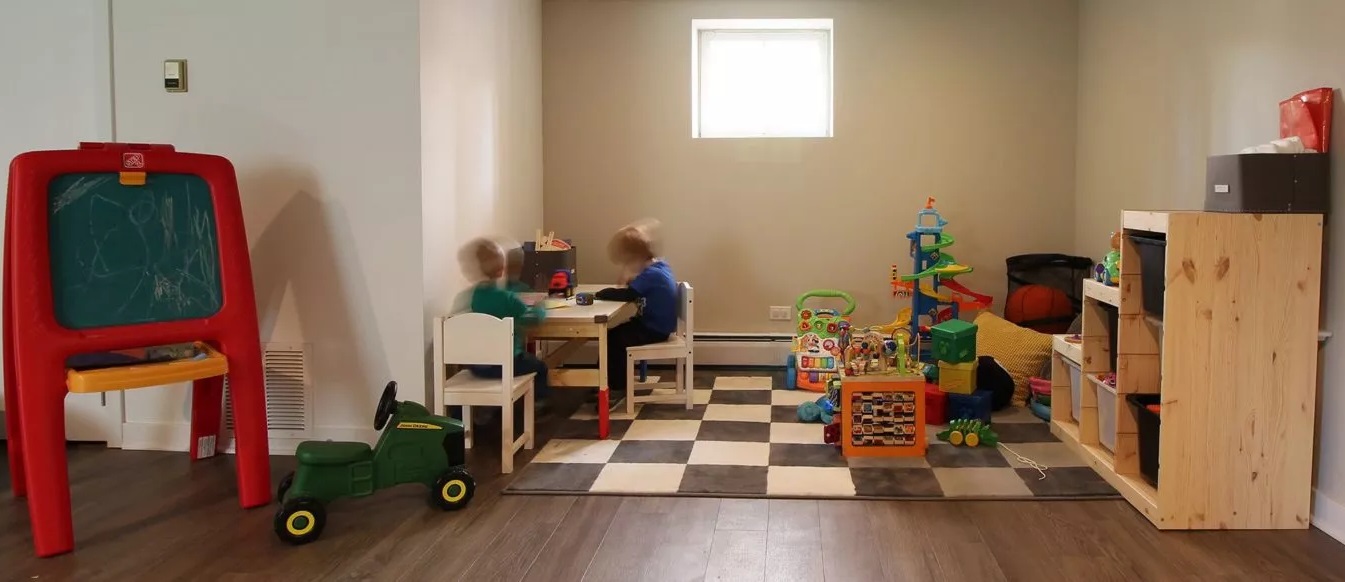
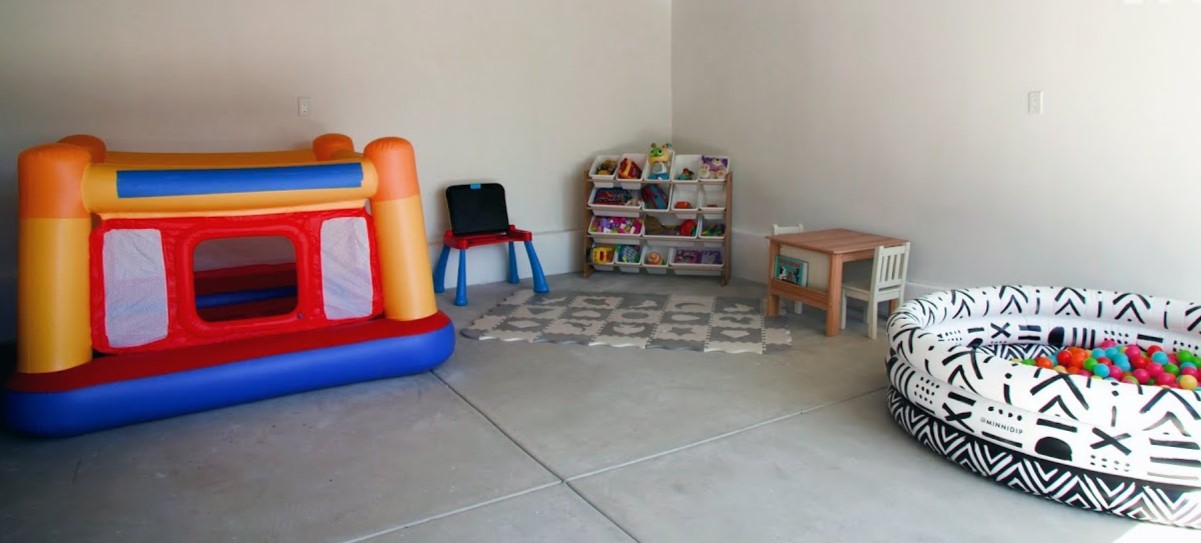
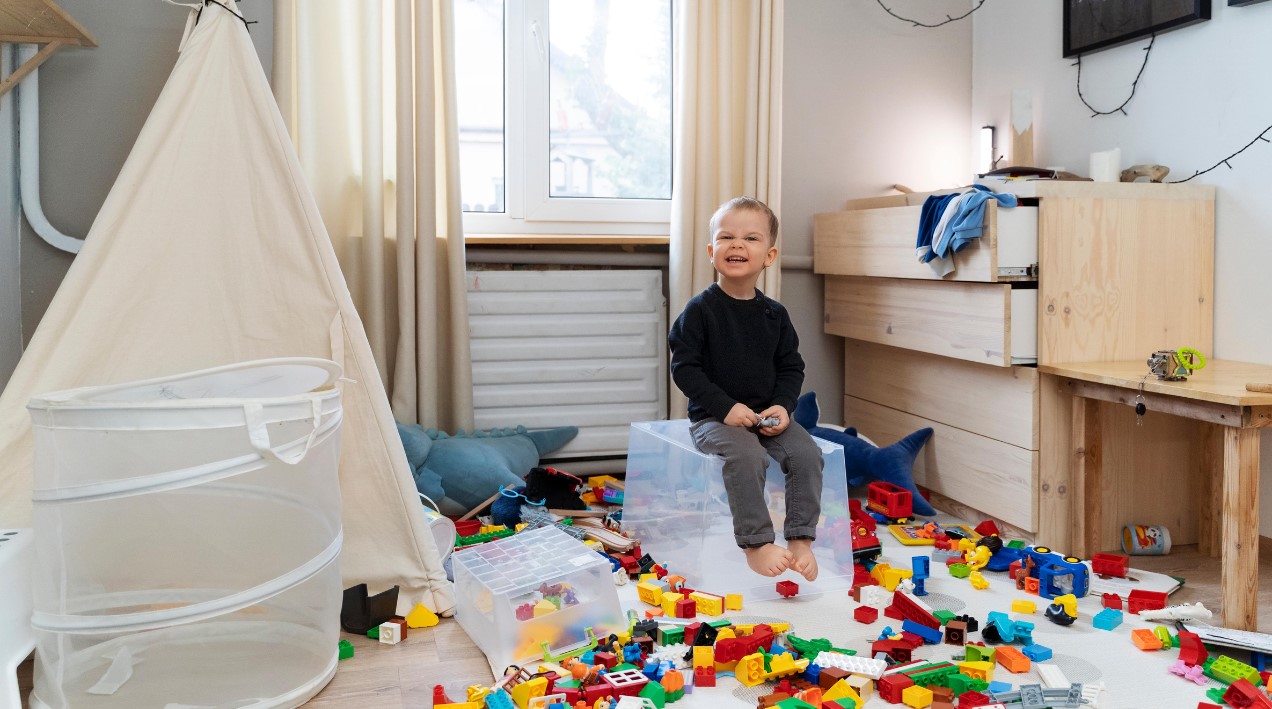
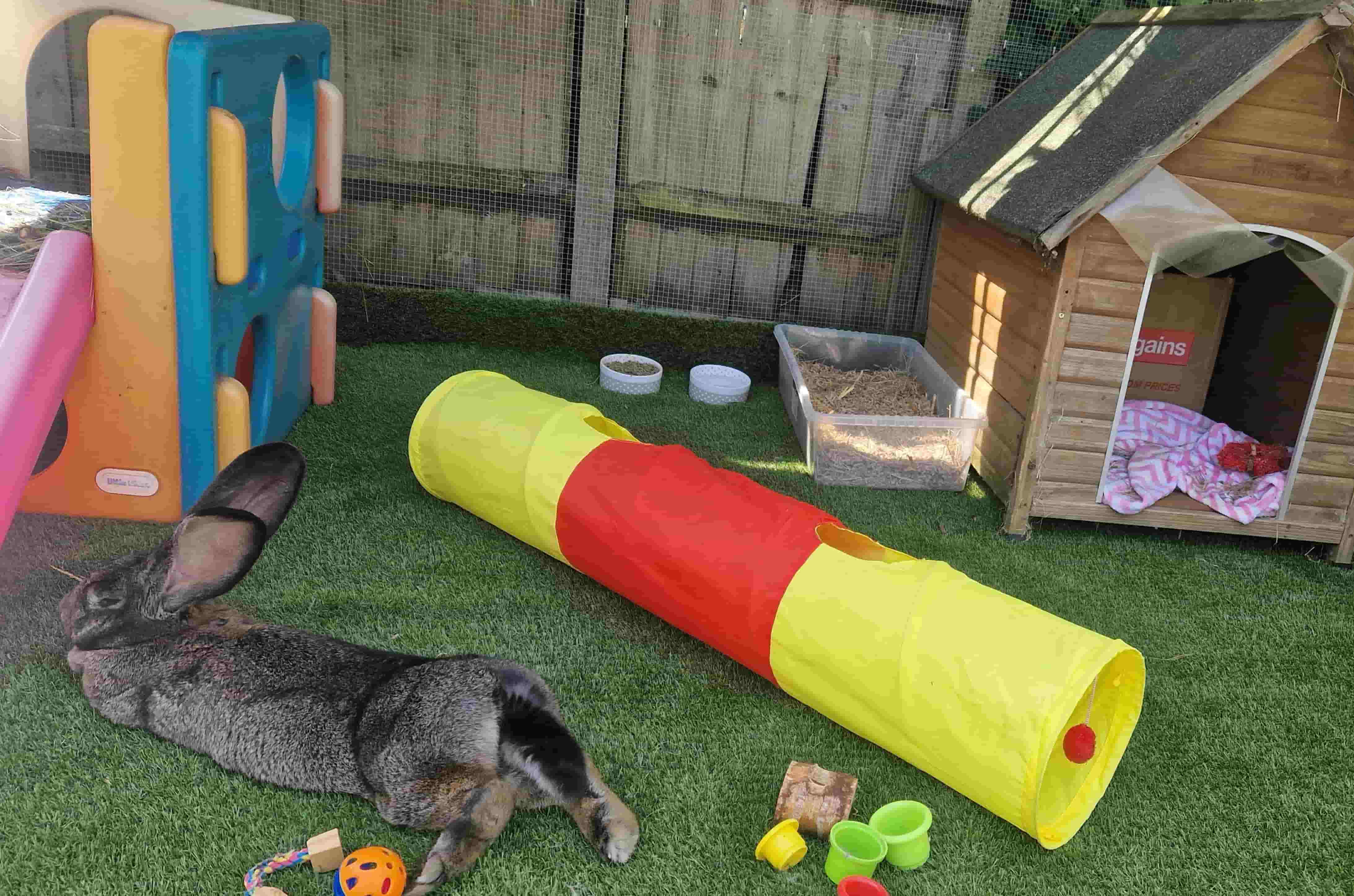
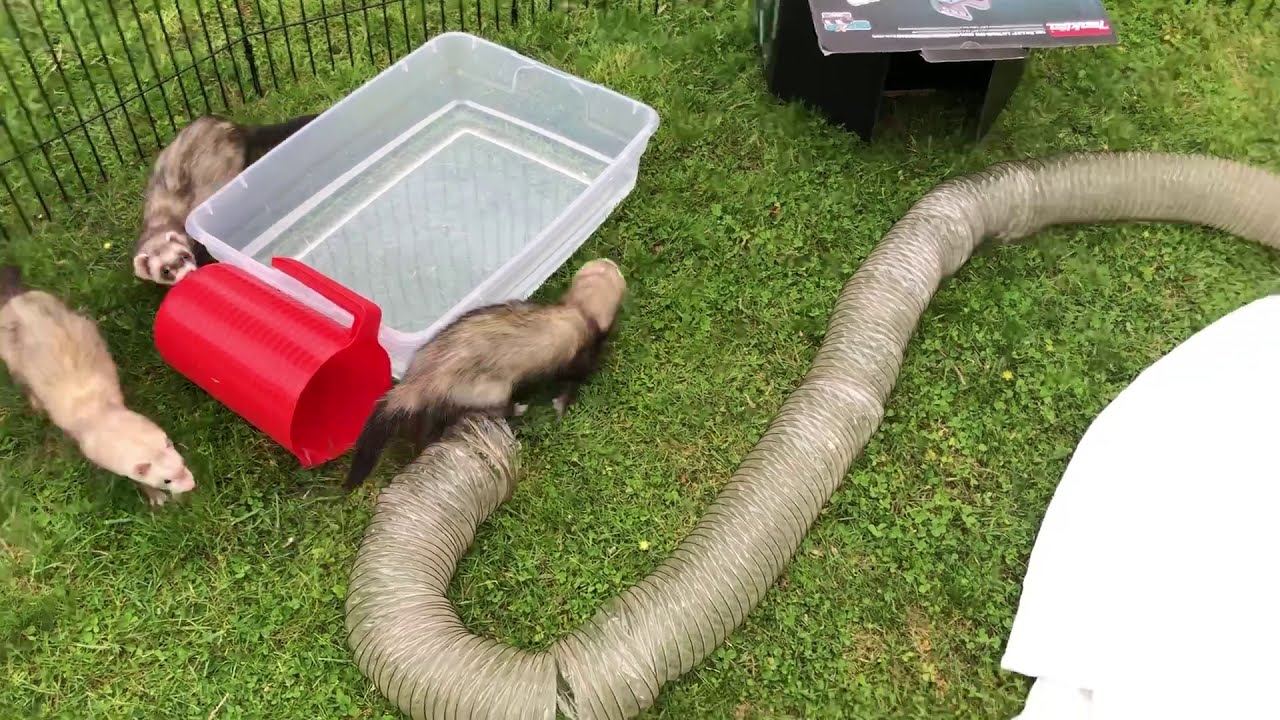
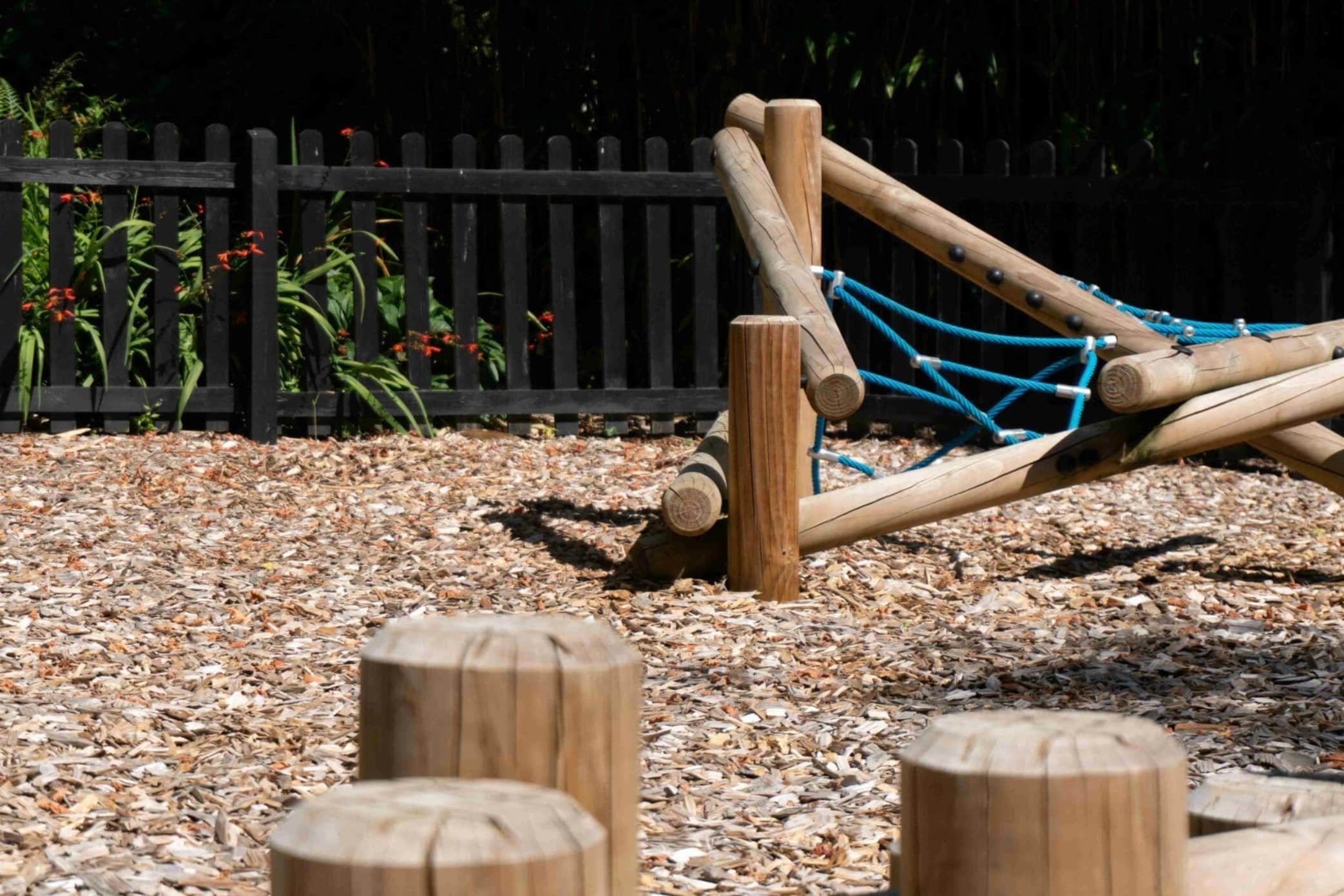
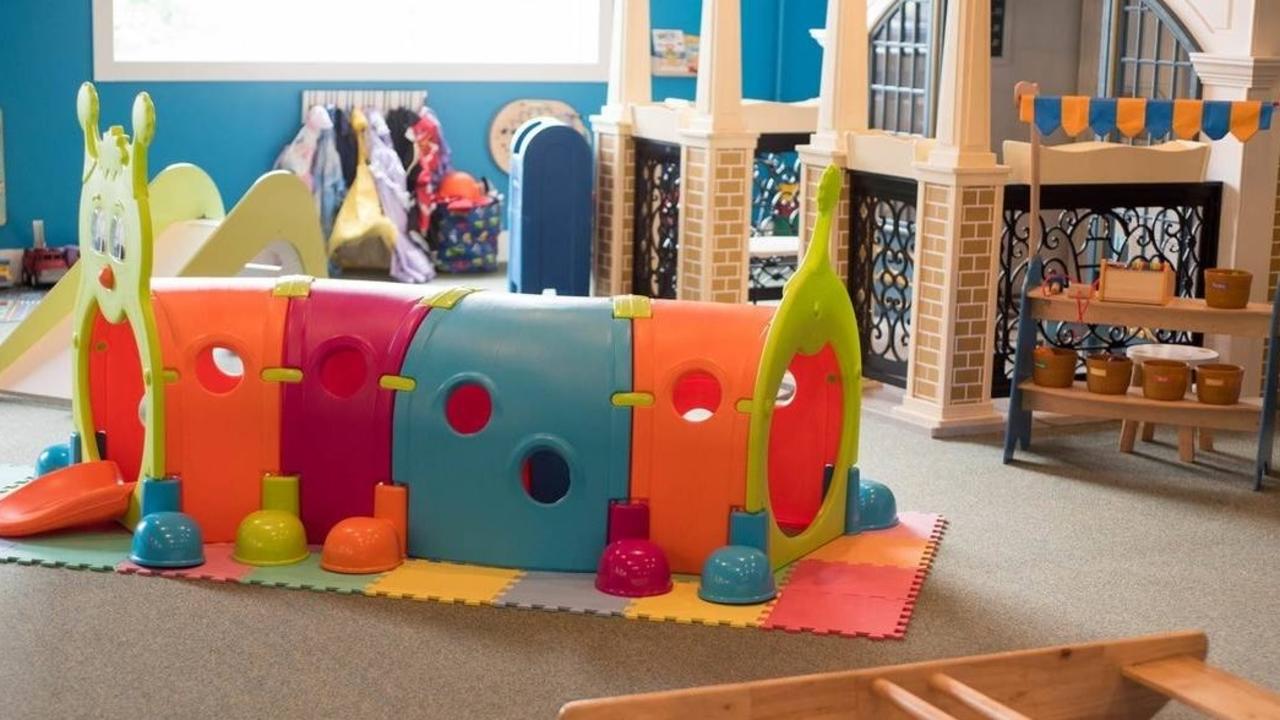

0 thoughts on “How To Make A Play Area For Baby”